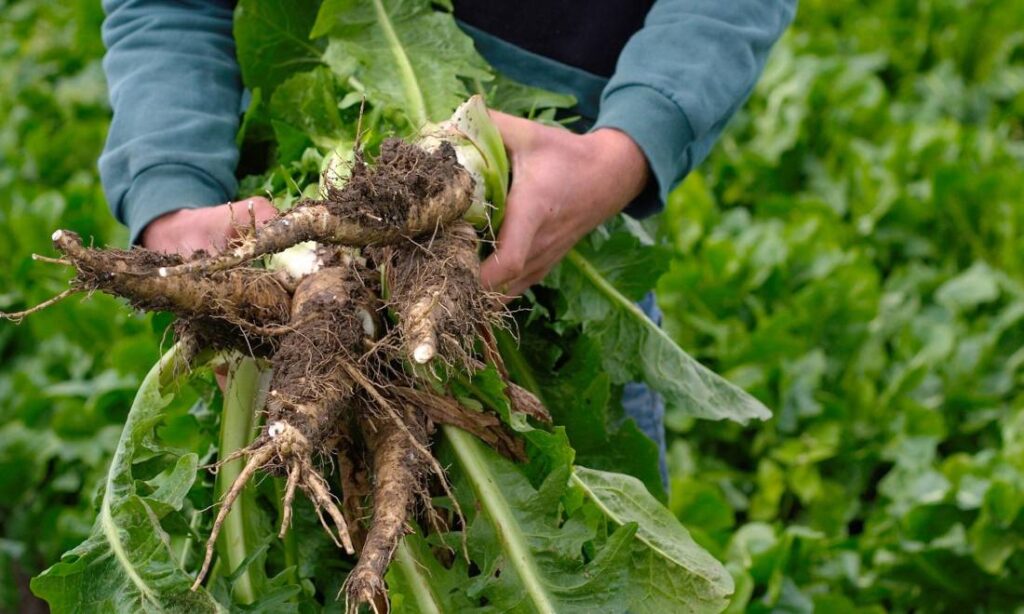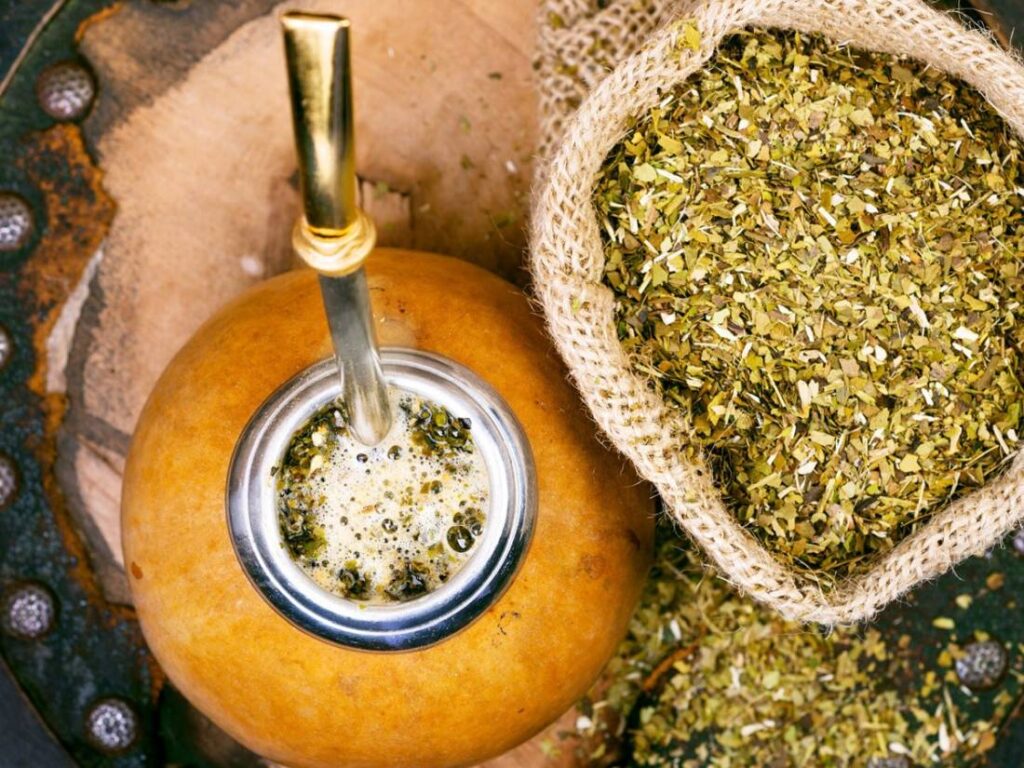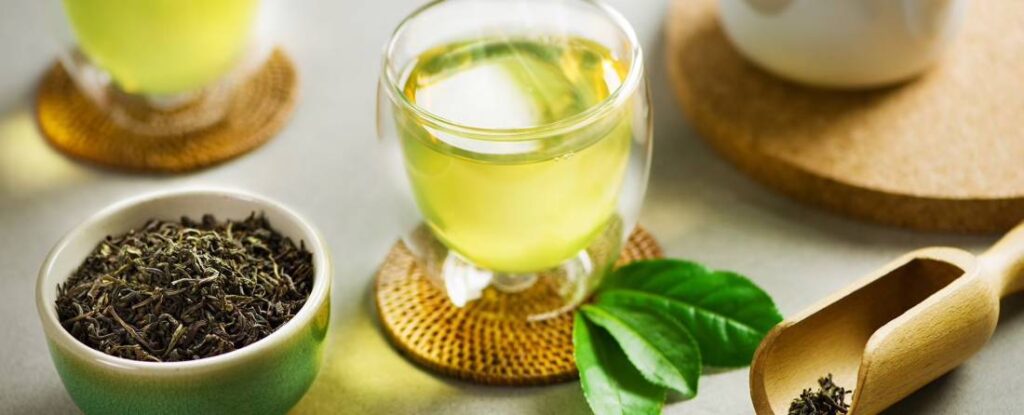According to a study, because to climate change and ecological degradation brought on by humans, 60% of coffee species, including arabica, are in danger of going extinct within the next few decades. This will not only have an impact on the yield and quality of the actual beans but also on the livelihoods of the coffee farmers who depend on their crop.

With any luck, this headline punched you right in the feels and motivated you to learn more about the Green New Deal or resolve to lessen your own carbon footprint. I carried through both of these actions, but the cynic in me also made the decision to speculate on what life would be like without coffee. I began exploring for substitute beverages to enjoy while we wait for the impending cafépocalypse since coffee beans are in danger of going extinct due to climate change.
For various reasons, yerba maté, green tea, and chicory root are all excellent alternatives to coffee.

Chicory Root for Flavor
Through the years, people have enjoyed drinking roasted chicory root as a coffee-like beverage because of its nutty, slightly sweet, and sour flavour. When there were shortages of coffee, chicory root was even combined with ground coffee as a way to stretch what people had in their pantry; this specific blend is still frequently drank in New Orleans, served with milk. Chicory isn’t going extinct anytime soon since it thrives in untamed or abandoned areas of land where it grows easily and wild like a weed.

You’ll be pleasantly surprised by how effectively chicory root mimics a real cup of quality joe if you’re wanting to replace coffee with it for flavour, especially if you’re adding some form of milk or milk substitute to your mug of root brew. But since chicory root “coffee” lacks caffeine, it won’t give you the boost you need.
Inulin concentration is high in chicory root. Inulin, which should not be confused with insulin, is a powerful prebiotic fibre that supports the growth of probiotic bacteria in your gut while assisting in the reduction of LDL cholesterol. Since inulin is a substance that dissolves in water, chicory’s prebiotic advantages can be accessed without eating the root. But rather than making an infusion, you’ll need to prepare a “decoction.” In order to prepare chicory coffee, you must simmer the root in a saucepan for around 30 minutes rather than steeping it in hot water as you normally would. Larger batches of this can be prepared in advance and warmed up right before serving.
Making an infusion has various advantages even if a decoction is not made. A long range of additional health advantages of chicory can be found, including anti-inflammatory, antiviral, immune-stimulating, anticarcinogenic, and antioxidant properties. Since the plant belongs to the Asteraceae family, you may experience an allergic reaction to chicory if you are sensitive to plants like ragweed.
Yerba Maté for Caffeine
Originally from South America’s southern regions, yerba maté quickly gained popularity among Americans seeking a caffeine boost without the jitters. It is a decent caffeinated option because a single serving of it has more caffeine than tea but less than half of what you would get from coffee.

The leaves and stems of a plant grown in South American plantations are used to make maté. In the past, the plant has been used to make a communal beverage that was passed about during social occasions and eaten from a hollowed-out gourd. However, if you’re drinking it by yourself at home, you can use any container you prefer. You might want to consider purchasing a genuine maté straw, which is made of metal and has a filter at the bottom. This will allow you to enjoy your drink without getting soggy leaves stuck in your teeth. If there is still material in the leaves, you can repeatedly top off your cut with hot, fresh water.
You may experience some health advantages from maté if you’re a casual user who only needs a caffeine spike occasionally throughout the week. According to certain research, it possesses anti-tumorigenic qualities and can help older women avoid developing osteoporosis. Be advised, however, that additional study has connected heavy maté use to digestive and respiratory malignancies, with a 60% increase in risk. Although scientists are unsure of the exact cause, they hypothesise that the fact that maté includes the same cancer-causing substances as tobacco is the reason maté drinkers have a considerably increased chance of illnesses like lung or esophageal cancers. It will also necessitate additional forestland being removed, hastening the end of all life as we know it, in order to increase the maté market and satisfy an inflow of buyers.
Green Tea for Longevity
Similar to coffee, green tea has some properties that can prolong life. Both drinks have received a great deal of research due to their popularity. Both have been subject to recent studies, and the results are consistent: consistently consume them to extend your life.
Regular green tea consumption has been associated with a lower risk of death from any cause and heart disease, just like coffee. The risk of dying from cancer is also reduced among green tea consumers. As a strong anti-inflammatory beverage, it may also aid in the treatment of diabetes, obesity, and hypertension, three of the most prevalent chronic illnesses afflicting average Americans.

You may live longer than green tea, but it’s possible that you will outlive it. Drought and wetter monsoons are two stresses that the plant’s growing regions are experiencing due to climate change, and these factors have an impact on both the yields and quality of the tea. Currently, scientists predict a 55 percent decline in yield over the following few decades, and major quality declines earlier.